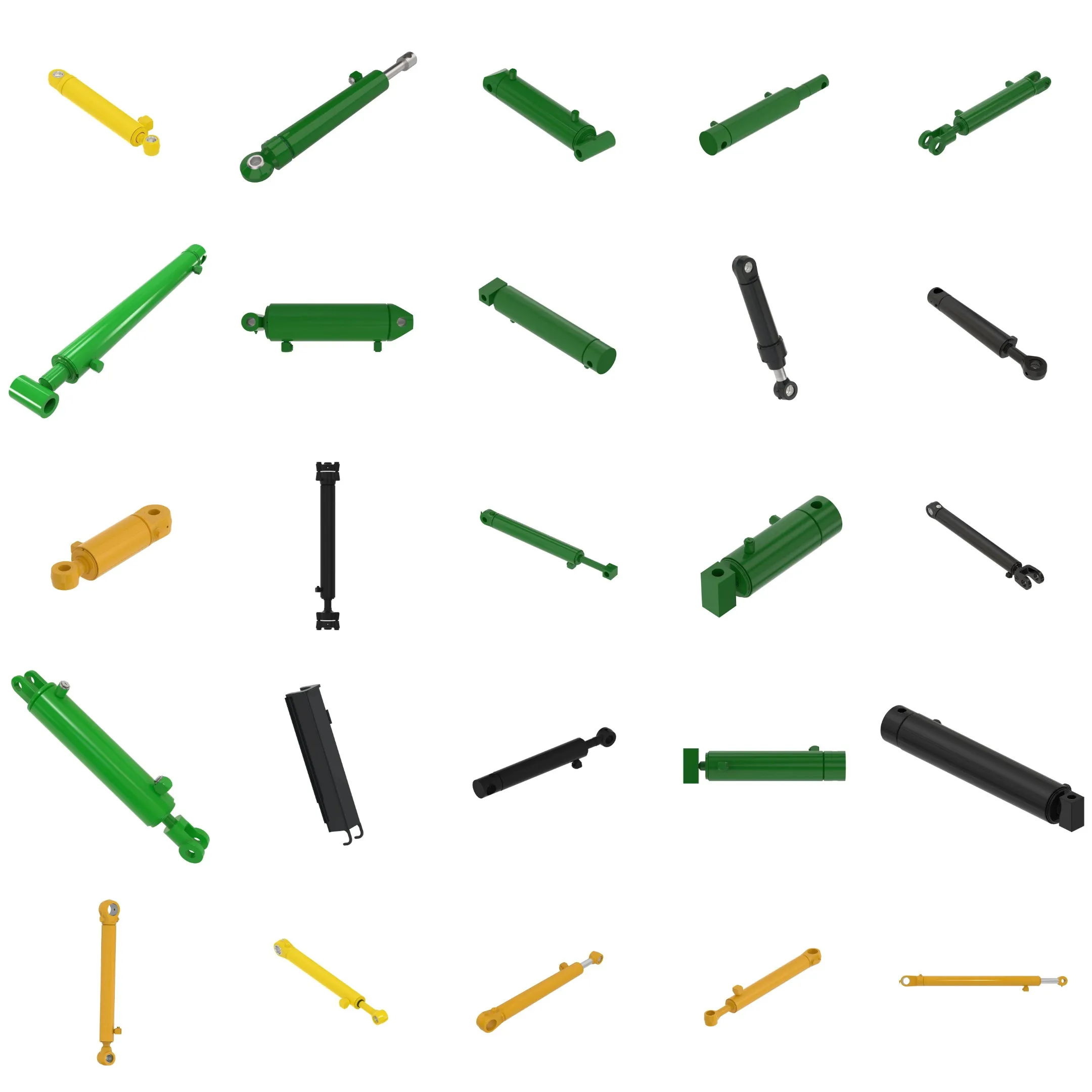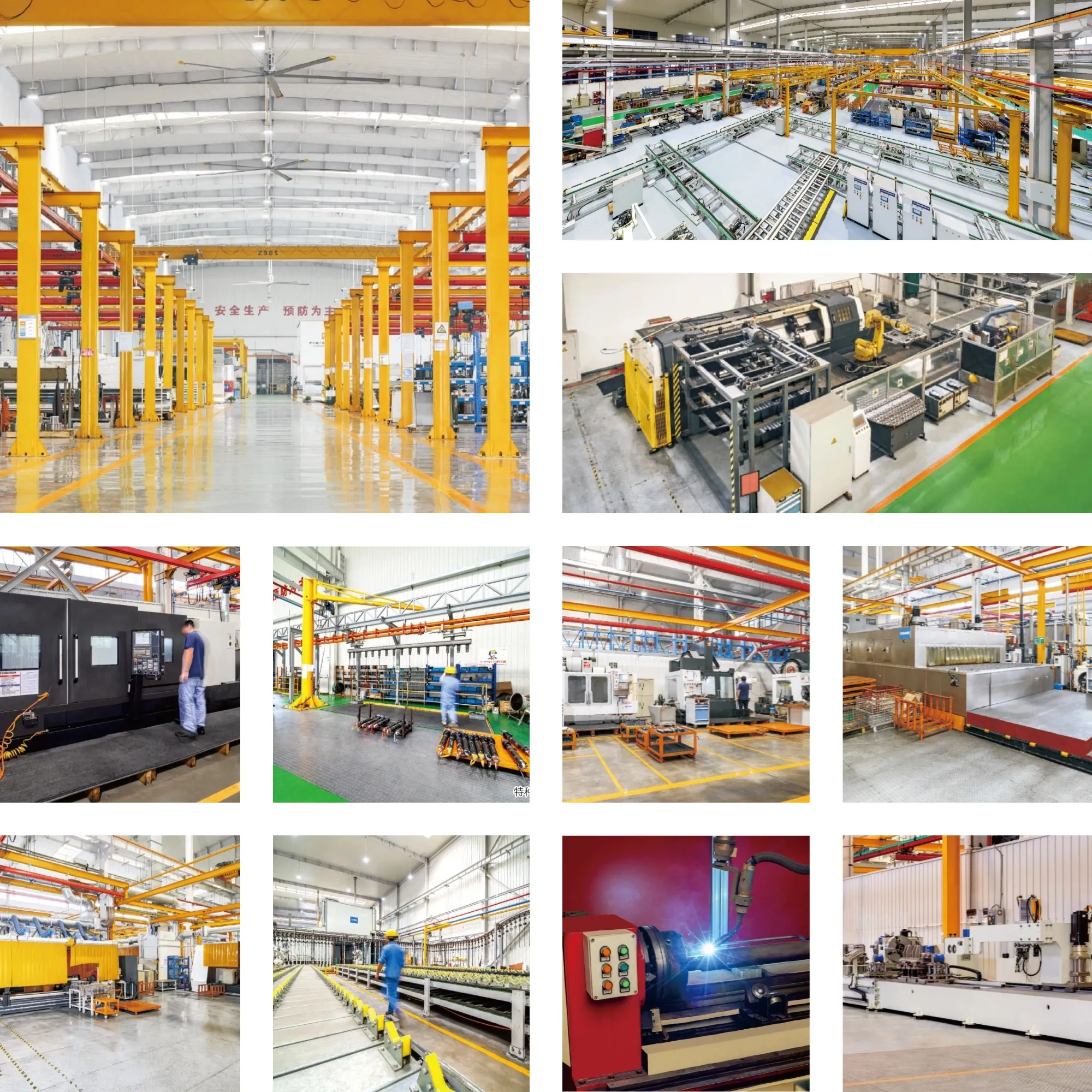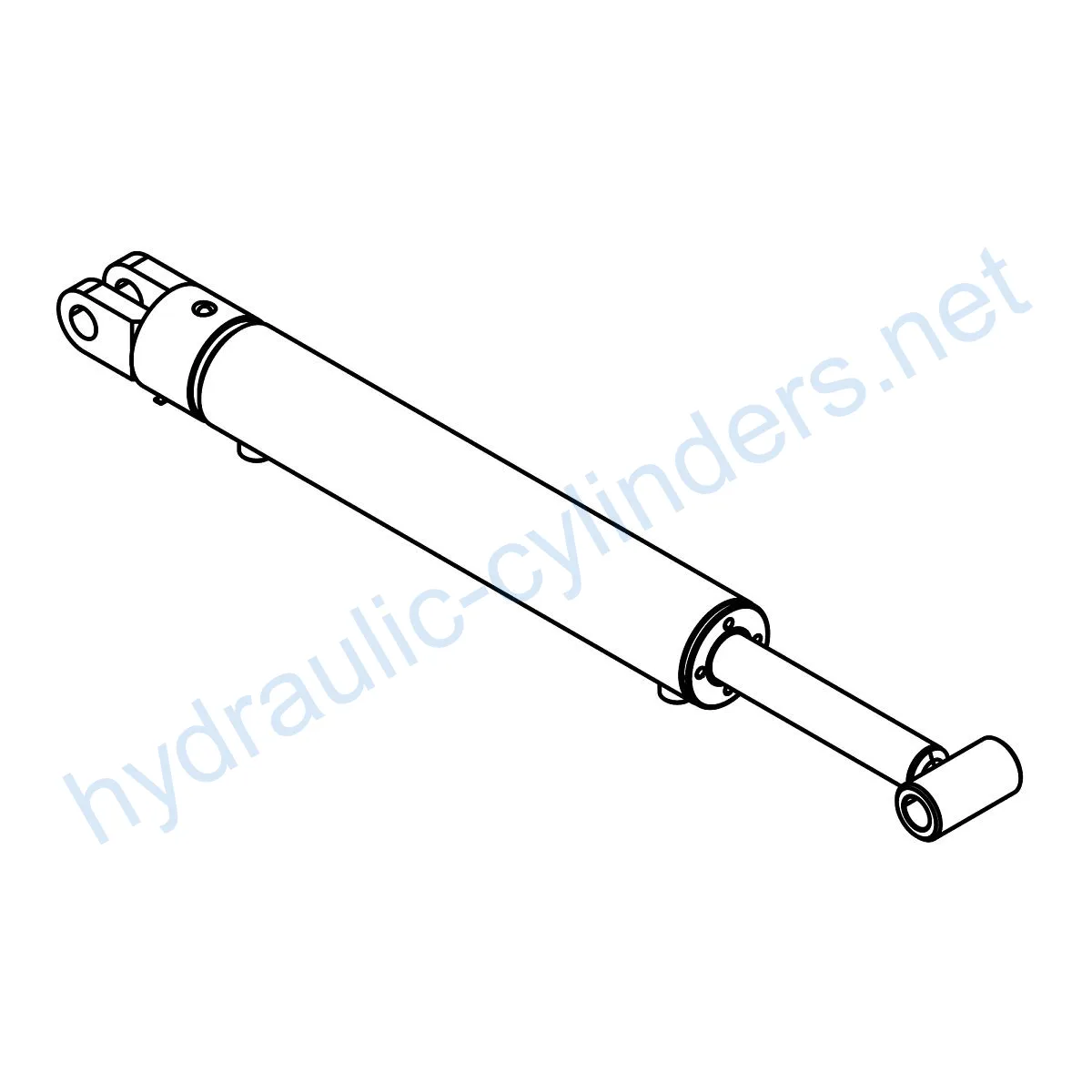Replacement Of 5HG620106 Hydraulic Cylinder
Som en av produsentene, leverandørene og eksportørene av mekaniske produkter tilbyr vi hydrauliske sylindere og mange andre produkter.
Ta kontakt med oss for mer informasjon.
Post:sales@hydraulic-cylinders.net
Produsent, leverandør og eksportør av hydrauliske sylindere.
Replacement Of 5HG620106 Hydraulic Cylinder
The Replacement Of 5HG620106 Hydraulic Cylinder is an essential component in various heavy-duty equipment. It is responsible for converting the energy of pressurized hydraulic fluid into mechanical force and motion. This hydraulic cylinder has a weight of 45.4 lb, a height of 4.5 in, and a length of 28.5 in which makes it compatible with various types of machinery.
Specifications and Compatibility
The Replacement Of 5HG620106 Hydraulic Cylinder has a weight of 45.4 lb, a height of 4.5 in, and a length of 28.5 in. This hydraulic cylinder is compatible with various types of heavy-duty equipment.
Features
Improved Equipment Performance
The Replacement Of 5HG620106 Hydraulic Cylinder can restore the normal operational capacity of the equipment by replacing damaged or worn hydraulic cylinders, ensuring its performance in various applications.
Enhanced Safety
Regularly replacing hydraulic cylinders can reduce safety hazards caused by cylinder failure, ensuring the safety of operators and equipment.
Overload Protection
New cylinder designs usually consider better overload protection mechanisms, improving safety.
Quick Installation
Modern hydraulic cylinders are usually designed for easy installation and replacement, reducing downtime.
Standardized Components
Many hydraulic cylinders are standardized products, making it easier to obtain replacement parts in the market.
We can produce this product and perfectly replace these hydraulic cylinders.
Applications
The Replacement Of 5HG620106 Hydraulic Cylinder is used in various heavy-duty equipment. Here are a few examples:
Excavators
The hydraulic cylinder in an excavator’s arm or bucket may become damaged due to long-term use or overload, requiring replacement to restore normal operation.
Cranes
The crane’s boom hydraulic cylinder is prone to wear during frequent lifting and lowering, requiring regular replacement to ensure safety.
Tractors
The front-end loader hydraulic cylinder of a tractor may leak or show reduced performance during continuous lifting and tilting operations, requiring replacement.
Harvesters
During harvesting, the hydraulic system is under high pressure, and the cylinder may be damaged due to fatigue, requiring timely replacement to maintain work efficiency.
Automated Production Lines
Hydraulic cylinders are used to control robotic arms and other automated equipment. Cylinder failure can affect production efficiency and requires immediate replacement.
Die Casting Machines
Hydraulic cylinders may show decreased performance under high pressure and temperature, and regular replacement can ensure product quality.
Mining Equipment
Hydraulic cylinders are used in mining equipment to lift and move heavy objects. Due to the harsh working environment, regular inspection and replacement are necessary to avoid equipment failure.
Bulldozers
The wear of the hydraulic cylinder on the bulldozer’s push arm can cause a decrease in pushing ability, requiring timely replacement to maintain work efficiency.
Maintenance
Proper maintenance of the Replacement Of 5HG620106 Hydraulic Cylinder can help extend its lifespan. Here are some common maintenance tasks:
Regular Inspections
Regularly inspecting the hydraulic cylinder for wear and damage is crucial to identifying potential problems before they can cause major damage.
Lubrication
Add adequate hydraulic oil to lubricate the cylinder regularly.
Seal Replacement
Seals, such as piston seals and rod seals, need to be replaced periodically. Selecting seals made of wear-resistant materials such as polyurethane or nitrile rubber can improve durability.
Calibration Checks
Periodically check the calibration of the hydraulic cylinder to ensure that it is working correctly.
During installation, provide guidance on aligning the cylinder and recommend using proper installation brackets to secure the cylinder. Additionally, check, repair, and replacement procedures should be followed to provide better product life.
Safety and Environmental Factors
When using hydraulic cylinders, safety measures are essential. For example, use appropriate protective equipment and follow recommended work practices. Furthermore, hydraulic oil leaks can cause environmental pollution and should be avoided.
Diagnosis and Common Problems
The following are some common issues with hydraulic cylinders and their solutions:
Cylinder Drift
This problem is caused by a damaged piston seal or cylinder bore. Replace the piston seal and re-bore the cylinder to solve this issue.
Cylinder Leaks
The most common cause of cylinder leaks is worn piston seals or rod seals. Replace the seals to fix this issue.
Low Cylinder Speed
This problem can be due to insufficient fluid supply or a damaged cylinder. Check the fluid supply and replace the cylinder to solve this issue.
Preventive measures include proper maintenance, periodic inspection, and proper use, which can reduce the chances of these problems occurring.

Design Considerations and Selection Criteria
The following factors should be considered when designing and selecting hydraulic cylinders:
Load Capacity
The cylinder’s load capacity must match the equipment’s requirements. Overloading can damage the cylinder.
Sealing and Durability
The cylinder’s seals should be made of wear-resistant materials such as polyurethane or nitrile rubber and should be resistant to high temperatures and pressures. The cylinder body and thread end should undergo fine processing to improve wear resistance.
Safety
Cylinders with overload protection mechanisms should be selected to improve safety during operation.
Maintenance
Easy to disassemble and replace cylinders should be selected to reduce downtime and maintenance costs.
Sealing and Lubrication
Proper sealing and lubrication can extend the lifespan of hydraulic cylinders. Use various seals such as piston seals and rod seals and select wear-resistant materials such as polyurethane or nitrile rubber for improved durability. Additionally, the cylinder body and thread end should undergo fine processing to improve wear resistance. Finally, add adequate hydraulic oil to lubricate the cylinder regularly.
Installation Guidelines
Proper installation is crucial for the performance of hydraulic cylinders. The following guidelines should be followed:
Align the Cylinder
The cylinder should be correctly aligned during installation.
Use Proper Brackets
The cylinder should be secured using appropriate installation brackets.

About Our Company
We are a manufacturer of replacement hydraulic cylinders with a complete range of products. We are one of the leading manufacturers and wholesale distributors of hydraulic cylinders in domestic and international markets. Our company provides customized services, has a professional team, and is certified internationally. We have advanced production equipment and provide excellent after-sales service.

Author: lyl
Take a Tour of Our VR Factory:
Take a tour of our VR factory with the following
How Does Forklift Hydraulic Cylinder Work?
Hydraulic Cylinder Application:


